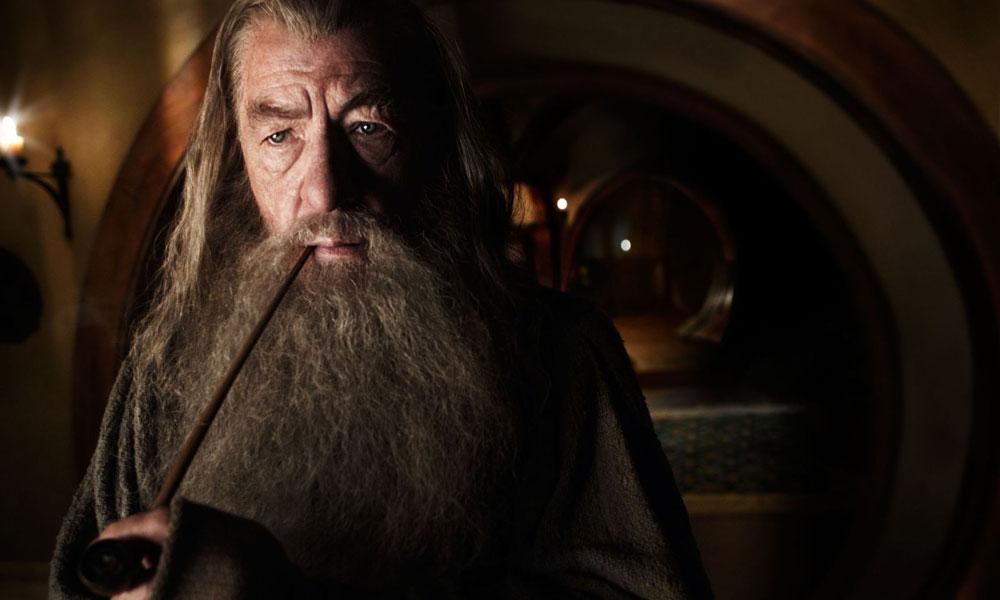
American Humane Association Has a Hobbit Problem
AHA, which has long worked to ensure the safety of animals on movie sets, may need more oversight authority after a series of reported off-the-set incidents during filming of The Hobbit trilogy.
For decades, the American Humane Association (AHA) has helped ensure animal welfare on the sets of thousands of major film productions as a part of its “No Animals Were Harmed” program.
But it’s what happened off the set of The Hobbit that could put those processes under new scrutiny — or force changes to how the group ensures animal welfare on major film projects.
There are too many incidents off the set and this must stop. It is vital that we work with the industry to bring the kind of protection we have for animals during filming to all phases of production.
On Monday, the Associated Press reported that as many as 27 animals used in The Hobbit died on a New Zealand farm that was loaded with “death traps,” including sinkholes and broken fences. Wranglers who made the story public, via the advocacy group People for the Ethical Treatment of Animals (PETA), say complaints made to higher-ups and Warner Bros. about the farm went unheeded.
PETA has also taken action as a result of the story and plans to boycott the premieres of The Hobbit: An Unexpected Journey in the United States, the United Kingdom, and New Zealand.
For their part, the film’s producers deny the claims of animal cruelty, saying in a statement: “Extraordinary measures were taken to make sure that animals were not used during action sequences or any other sequence that might create undue stress for the animals involved. Over 55 percent of all shots using animals in The Hobbit are, in fact, computer generated; this includes horses, ponies, rabbits, hedgehogs, birds, deer, elk, mice, wild boars, and wolves.”
The AHA says no animals were harmed during the filming of the highly anticipated Peter Jackson-directed trilogy. However, when it learned of animal injuries and deaths at a farm nearly 200 miles from the main set, the group took action, investigating the farm and ensuring the animals’ safety.
This was an extreme case, according to the group’s president and CEO, Dr. Robin Ganzert — but one that should lead to industrywide change.
“We are currently only empowered to monitor animal actors while they are working on production sets,” Ganzert said in a statement. “We do not have either the jurisdiction or funding to extend that oversight to activities or conditions off set or before animals come under our protection. There are too many incidents off the set and this must stop. It is vital that we work with the industry to bring the kind of protection we have for animals during filming to all phases of production.”
Is there an opportunity for the AHA to take bigger steps in its regulation of the film industry so that an incident like this doesn’t happen again? And would your association seek to expand its oversight authority in a similar situtation involving your industry or profession?
(Warner Bros. Pictures)






Comments